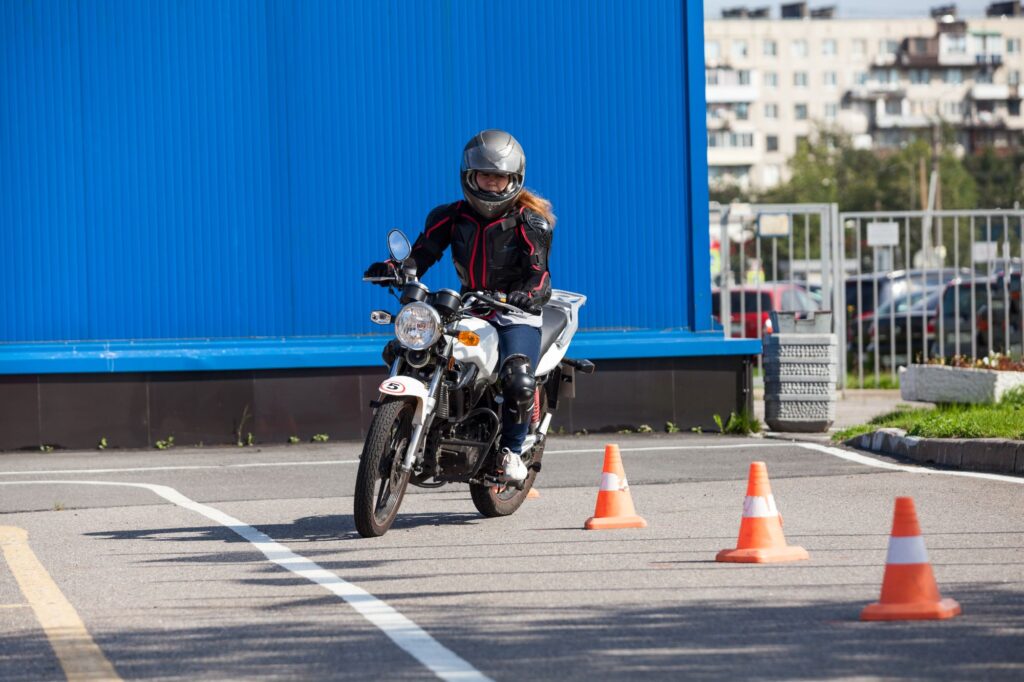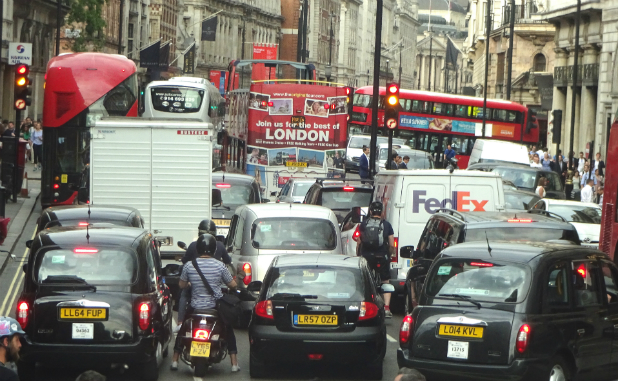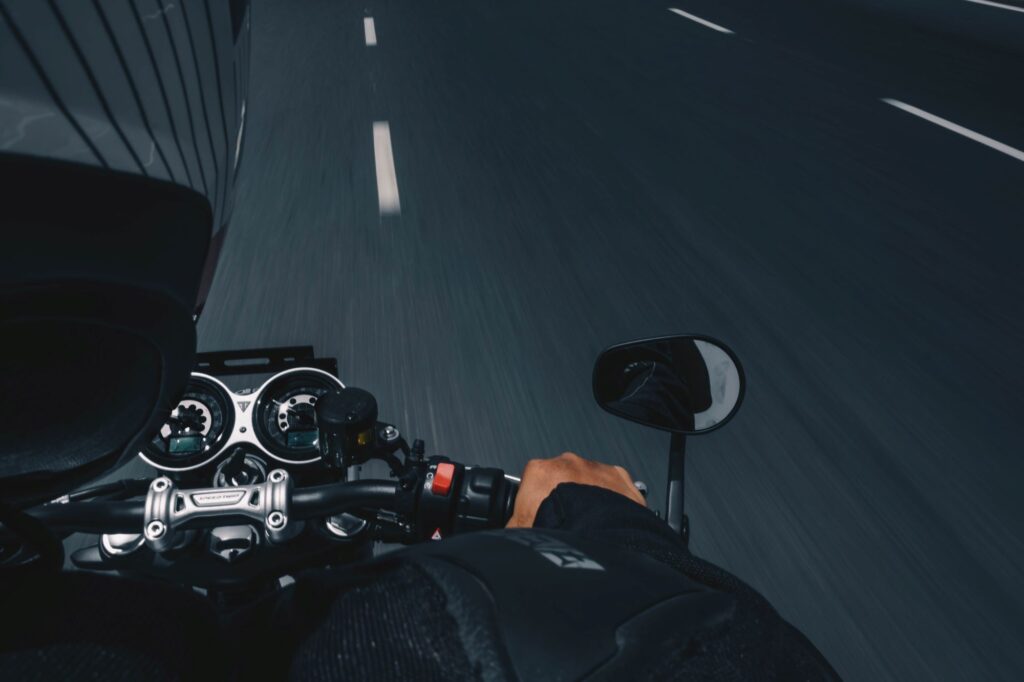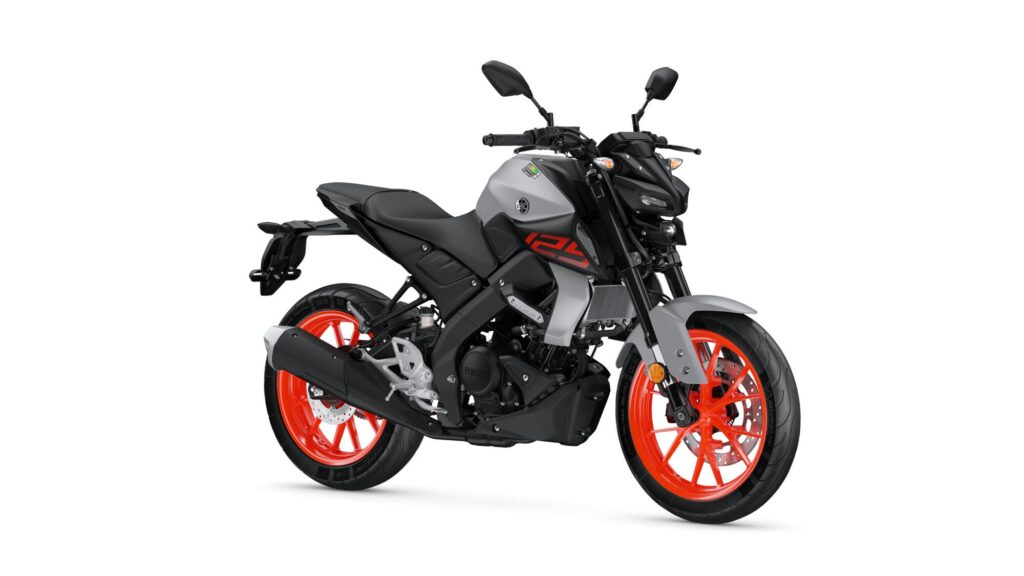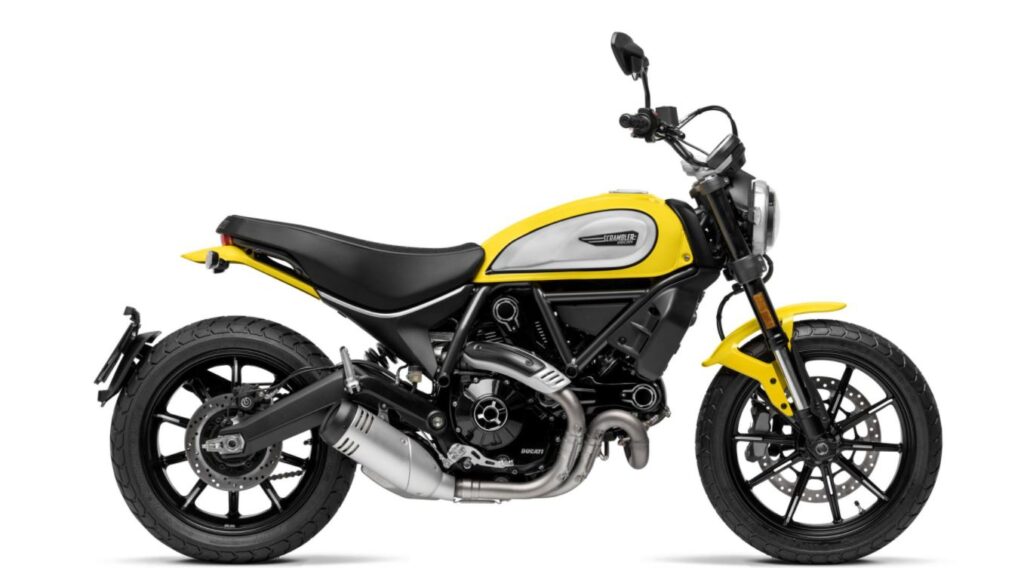It’s nearly 50 years since the modern superbike was created. These are bikes optimised for road racing, with engines of 1000cc capacity, or thereabouts.
Aside from going really fast, they’re designed as demonstrations of technical prowess, hoping to win not just races but the hearts and minds of riders who want to catch a piece of high-speed magic. Bikesure takes a look at some of the fastest bikes you’ll ever see – blink and you’ll miss them.
The first bike to carry the “super” prefix was the Honda CB750. Launched in 1969, it was the Japanese manufacturer’s first attempt at building a bike for the American market.
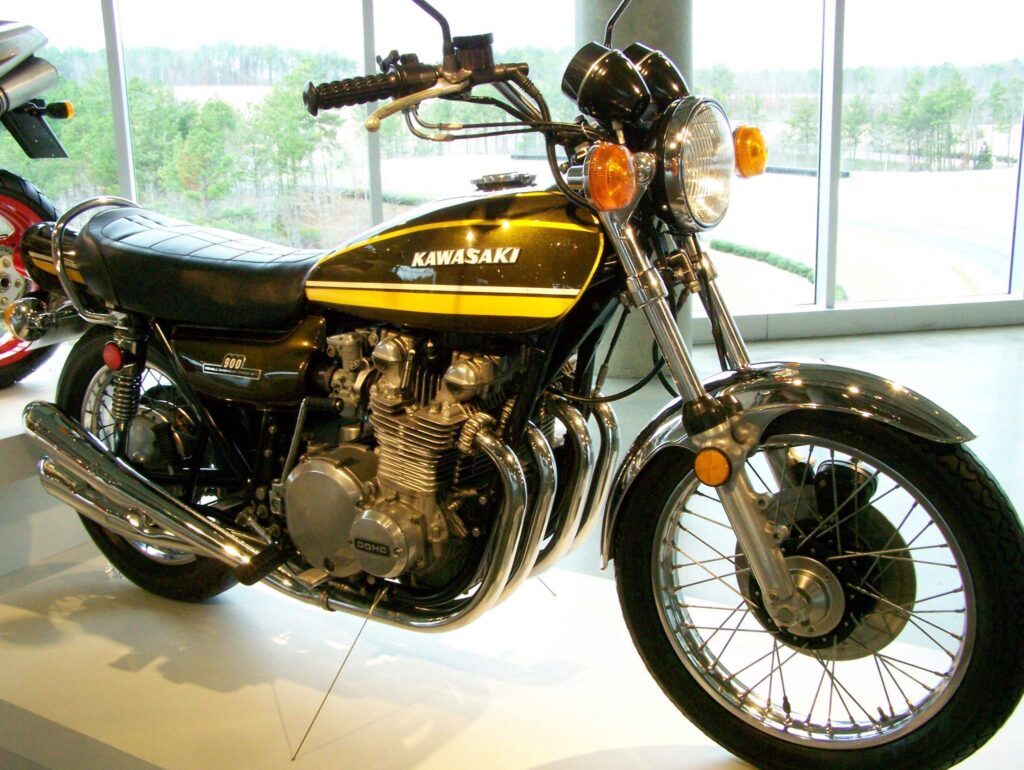
Incorporating a powerful four-cylinder 750cc engine, it also featured the world’s first disc brake on a production motorcycle. It was an instant hit with the public, and remained in production until 2003.
The CB750 was a highly influential motorcycle – it created a new class of motorcycle Grand Prix (500cc had been the largest class until the early 1970s) and helped set the template of what became known as the Universal Japanese Motorcycle.
Perhaps most significantly, it was the first machine to be called a superbike, in a review, and it quickly earned its nickname when it won at Daytona in 1970. While its max speed of 120mph will seem pretty tame to modern connoisseurs of velocity there is no doubt of its place in history, plus its long lifespan means it’s one of the more available superbikes on the secondhand market.
In many ways the CB750 was the superbike John the Baptist, preparing the ground for the arrival of the true messiah. When the CB750 launched, not everyone was particularly happy. Engineers at Kawasaki had been working on their own 750cc four-cylinder engined bike, for example. On seeing the CB750 they went back to the drawing board and gave it a 900cc engine. When the Z1 finally launched in 1972 it quickly set world records for 24-hour endurance racing, and would go on to be voted “Machine of the Year” by readers of Motorcycle News between 1973-76.
The Z1 was the start of a series of bikes from Kawasaki that continues to this day. This includes legends such as the Kz1000, which as well as racking up championship wins in the late seventies were the bikes used in both CHiPS and the first Mad Max film. Kawasaki’s Ninja sports bikes are also part of this lineage, and are some of the fastest motorcycles available to buy today. Comparing the Z1 and the Ninja H2 side by side amply demonstrates how much motorcycle technology has developed in the near as damnit half-century separating them.

What makes a bike super?
According to the rules established by the organisations in charge of world superbike racing, superbikes must be road legal, and at least technically possible for the public to buy. Any bike to be raced must go through a process of certification to prove it meets these criteria, which is known as homologation. This process led to a series of bikes that are known as “homologation specials” – which is where manufacturers push the design of their bikes as close to the edges of the rules as they can.
These rules have changed down the years. One of the most significant changes happened in 1999, when the continued one-upmanship between manufacturers trying to produce the fastest possible bike resulted in bikes that were almost certainly too fast. Facing a potential ban on importing superbikes into Europe, some of the larger manufacturers reached a gentleman’s agreement to electronically limit the top speed to 186mph.
Of course any unwritten gentleman’s agreement is just crying out to be ignored, and in 2007 MV Agusta released the F4-1000, which they claimed was capable of hitting 194mph. And that’s before you look at bikes where it’s possible to remove the electronic limiters …
Another significant superbike factor is the number of bikes that need to be produced for the general market. Until 2015 that figure was 2000, but it was reduced to 1000 in response to the market for insanely expensive motorcycles slowing down as a result of the last global financial meltdown. Even that was too much, and 2016 saw that number reduced to 500, which can be spread out over two years. To keep things vaguely sane the retail price for the new breed of homologation bikes has been set at £35k.
The development of superbikes has been driven by racing, but it has also affected the races themselves. Indeed, the CB750 forced the AMA to change the rules about which bikes could race, allowing overhead-valve engines to compete alongside side-valve engines. The first official superbike racing series was the AMA’s Road Racing Championship, which began in 1976. It wasn’t until the launch of the World Superbike Championship in 1988 that Superbikes hit the mainstream.

Indeed, the winner of that first World Championship, the Honda RC30, is still one of the most highly regarded and desired amongst collectors. A decent second-hand one will cost you anywhere between £25-35,000, which means that buying it as a commuter bike makes about as much sense as buying a Van Gogh because you ran out of toilet paper.

In similar eye-watering price territory is the Yamaha FZR750, another homologation special that debuted in 1989 and helped propel some of racing’s biggest names to victory. Again, you’ll be looking at making friends with a millionaire or finding anything from £15k upwards to get your hands on one of these puppies.
It’s said that raising a child in the UK costs about £230,000. This means that if you were looking to own a Ducati 916 you would be putting down roughly a quarter of the cost of a child, or around £50k. The 916 quickly entered the Superbike hall of fame, winning the manufacturer’s championship four times between 1994 and 1998.
It’s prices like these that make the Kawasaki ZXR750 look like a positive bargain at an average second-hand price of under £10k. Heck, you might even be able to find one for less than £5k if you’re happy to accept one of the non-limited edition versions.
Deploying innovative technology to produce speed is the main force driving Superbike development. The MV Agusta F4 series is a great example of this. Designed as the flagship bike when the Italian brand was relaunched in the 1990s, it incorporates technology originally designed for a Ferrari Formula One engine, which is why it’s the only motorcycle on the market with an engine that uses radial valves (which improves combustion). The F4Z (pictured) takes what might be called the modern standardised Superbike design and gives it a futuristic twist.

So what does the future hold for Superbikes? While the manufacturers’ “gentleman’s agreement” to limit top speeds has held for a remarkably long time, it’s likely that at some point someone’s going to break ranks and attempt to prove the size of their cojones by creating something that goes superhumanly fast. Whether that sparks another engineering war is less certain. As the release of the F4-1000 showed, raw speed may be an exciting bullet point on the sales pitch but at that level little details like grip, handling and overall quality of engineering are really what counts.
Another future waiting in the wings for its cue is the electric Superbike. While there are a clutch of contenders that are in some cases even possible to buy, until battery technology improves they are for the most part firmly in the category of rich man’s toy.
Whatever the future holds, you know it’s going to be fast!
What’s your favourite Superbike? Sound off in the comments below!

